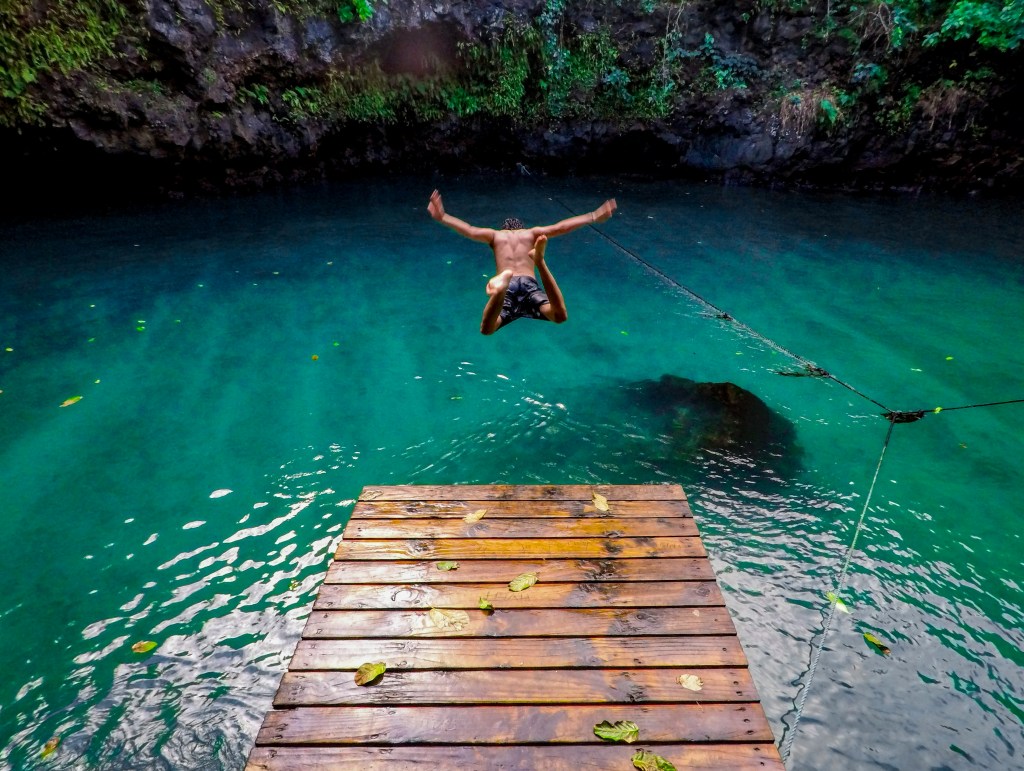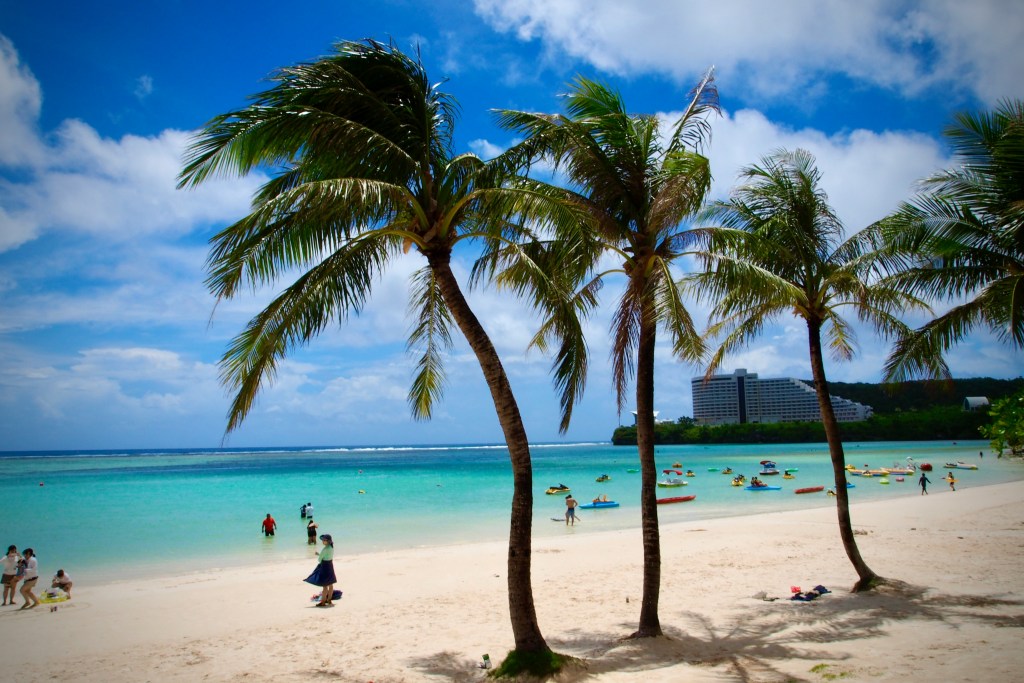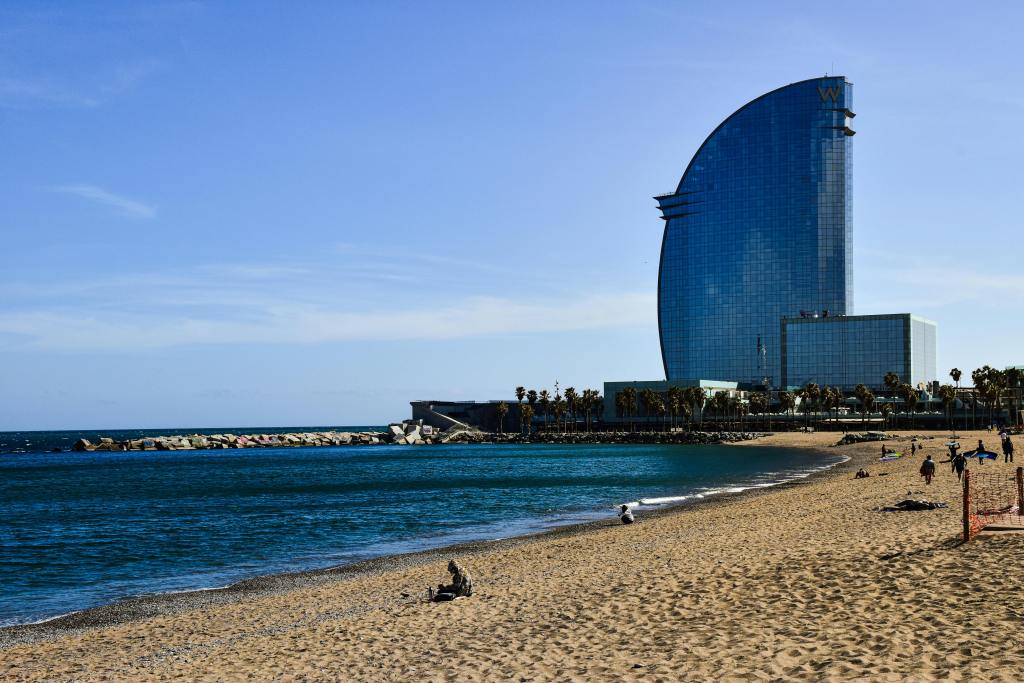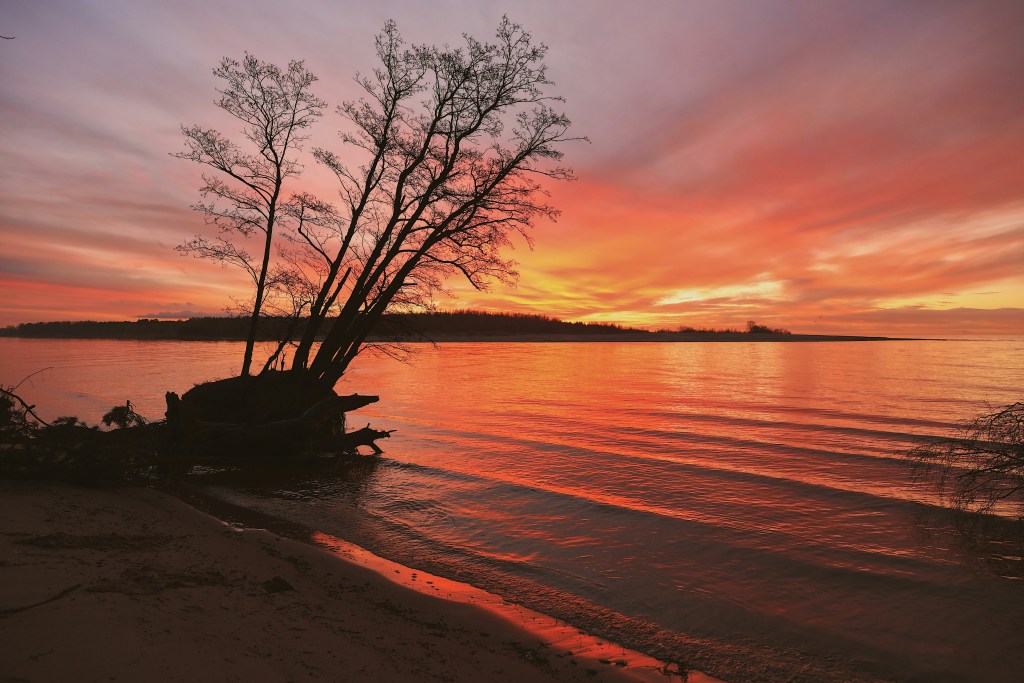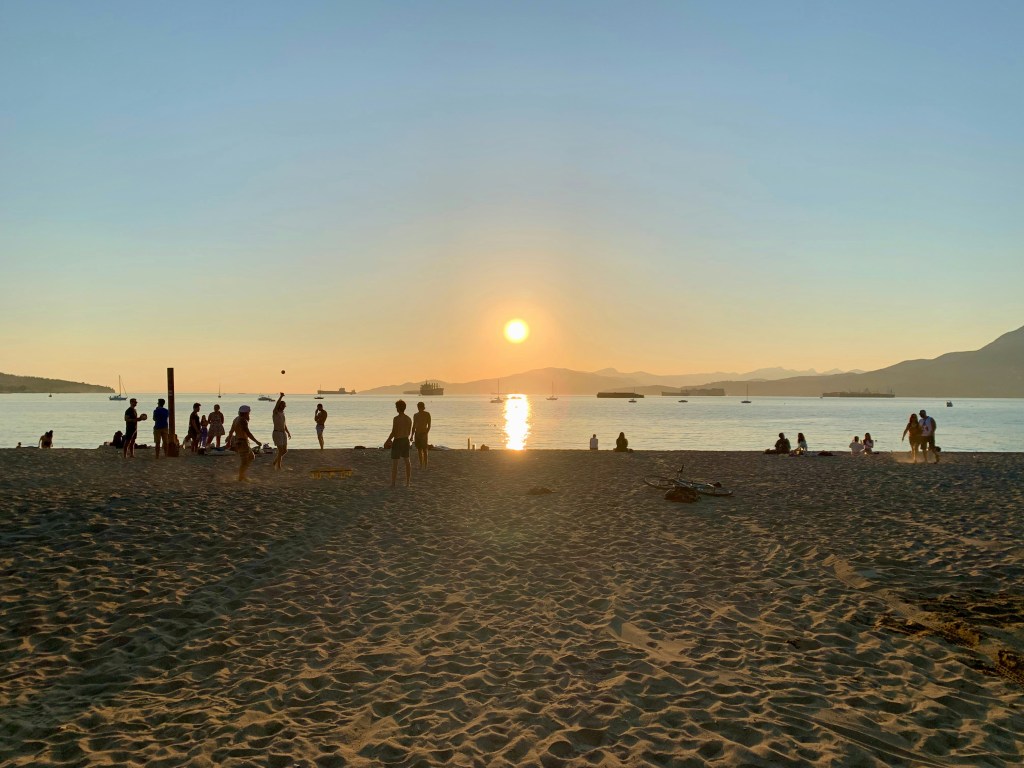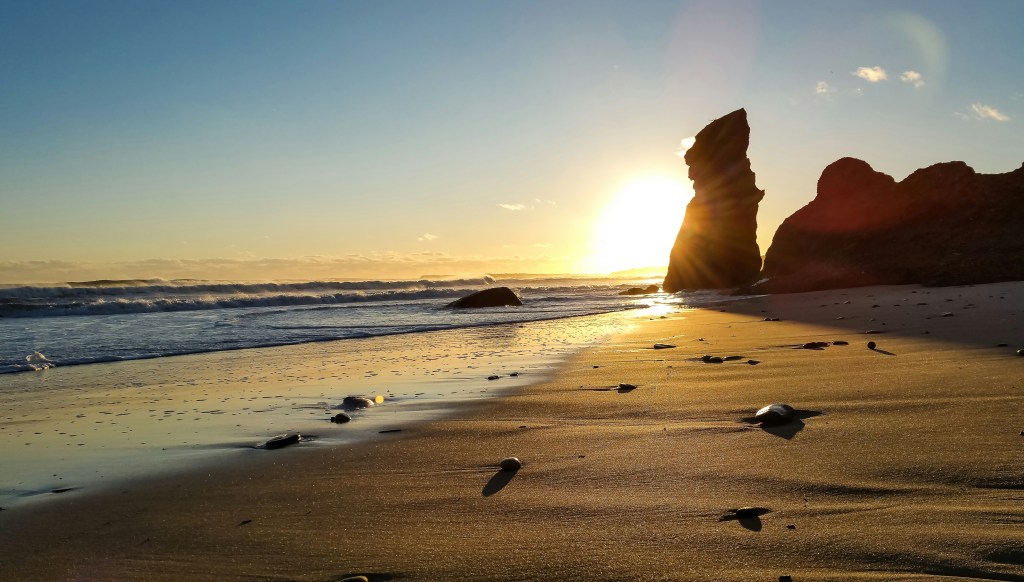‘Remote worker’ and ‘digital nomad’ are two trending buzzwords in the business world.
Though it’s easy to clump them together, there are slight distinctions.
A digital nomad is a remote worker who’s constantly on the move. They might drift from country to country, from hostel to hostel. This trend took off a decade ago—and it raised a lot of questions for the countries hosting digital nomads.
Which tax authority should they report their earnings to? Do they need to become temporary residents to work? Which laws should they follow in regard to their professional work?
There’s no fast and easy answer, especially now that countries are starting to create visa programs specifically for these types of workers.
Europe is home to dozens of digital nomad visas—and they’re worth looking into. If you’re a digital nomad, then check out whether these visas work for you. The same for remote workers looking for a bit of a lifestyle change.
What is a digital nomad visa and who should use one?
A digital nomad visa is a way for governments to monitor and tax professionals who work for international companies (usually). They might be full-time employees or freelancers.
In Europe, digital nomad visas are offered by most countries in the European Union. The visas are designed for non-EU workers.
In other words, EU citizens can’t apply for these visas; and they don’t need to, as they can live and work freely throughout the European Union.
Digital nomad visas allow travelers to work full-time (or part-time) while traveling around the country. Alternatively, they can also stay in one place for an extended period of time.
A nomad visa usually allows them to rent apartments and otherwise access a country’s infrastructure. But not all digital nomad visas are worth looking into.
Some of them are geared toward certain economic sectors and job markets, such as the programs offered by Latvia and France. Others, like those available in Germany and Czechia, are simply too complicated to make them worth applying for.
European countries with solid digital nomad visas
Below, you can find the most accessible digital nomad visas and similar offers in Europe. My metrics are based on affordability, the fine print, ease of applying, and speed of application processing.
Albania
Albania is a hot new destination for many travel sites—and it’s got a long-stay visa that’s perfect for digital nomads. The visa was created with self-employed people in mind, including remote workers. (It also covers professions like researchers, investors, and even retirees.)
Visa cost: Reciprocal (Albania charges you whatever your country would charge an Albanian—this feels like political jiu-jitsu?)
Income requirement: $9,800/year
Duration: 1 year
Croatia
Croatia is one of the flashiest countries in Europe thanks to its beautiful Mediterranean beaches and medieval villages. Also, the locals tend to be warm and welcoming. The country first launched its digital nomad visa back in 2021. If the terms don’t work for you, then look into Croatia’s temporary residence visa.
Visa cost: $73
Income requirement: $2,658/month
Duration: 6 months-1 year
Georgia
This tiny country is located in the Caucasus Mountains; if you’re into rugged and stunning mountain ranges, look no further. Given its small size and desire for economic growth, the government launched a ‘Remotely from Georgia’ visa back in 2020. A few years back, two of my friends moved to the capital of Tbilisi—I’ve been hearing rave reviews since.
Visa cost: Free
Income requirement: $2,000/month
Duration: 1 year
Greece
Greece was one of the first European countries to launch its digital nomad visa. Not only was it one of the first, but it’s also one of the easiest to obtain. It’s a popular destination for digital nomads because Greece has a great work-life balance, allowing remote workers to enjoy the islands when they’re off the clock. However, its income requirement is a bit heftier than others.
Visa cost: $79
Income requirement: $3,690
Duration: 1-2 years
Hungary
Hungary’s ‘white card’ is a digital nomad visa that’s primarily geared toward young and single professionals. (Couples can’t apply; enjoy your domestic bliss elsewhere.) Similar to Greece, the process is extremely straightforward and fast—and it also has the chance to extend for up to a year.
Visa cost: $116
Income requirement: $2,110
Duration: 1 year (can apply for extensions)
Italy
Surprisingly, Italy was a bit slower than its neighbors in launching its digital nomad visa program. In 2022, the country released its first applications to the public. So far, I’ve heard mixed reviews about the process of applying for an Italian digital nomad visa, along with the fine print tacked onto it. I recommend treading lightly with this program before making any final plans in Italy.
Visa cost: $126
Income requirement: $30,051/year
Duration: 1-year
Malta
Malta has some of the most diverse visa programs aimed at remote workers. Its digital nomad visa is the most direct way to live and work in the country. However, if you’re not sure whether you’ll be working full-time while there, you can also apply for a short-stay visa or a long-stay visa. Similar to Georgia, this small country is looking to build its economy by welcoming remote workers, so you’ll have plenty of resources at your fingertips.
Visa cost: $316
Income requirement: $2,850
Duration: 1 year (can apply for extensions)
Portugal
Portugal recently launched its digital nomad visa scheme, which is just a short-stay visa geared toward foreigners. In addition to this visa, Portugal offers a handful of lucrative visa programs aimed at wealthier expats. (Key word: wealthier.) However, Portugal’s temporary stay visa is unique in that it can be extended for up to four years.
Visa cost: $190
Income requirement: $2,950/month
Duration: 1 year (can apply for extension)
Romania
Similar to Albania, Romania is an up-and-coming destination for travelers in Europe. But it’s been on the radar for digital nomads since 2021. Romania’s visa program is open to freelancers and remote workers alike. However, it’s not open to EU citizens who want to work while keeping their residence in another country.
Visa cost: Unspecified
Income requirement: $3,900/month
Duration: 1 year
Spain
Spain is one of the latest countries to adopt a digital nomad work visa program. The country announced its plans last year and has since rolled out a functional application system. Uniquely, you can apply for this visa while you’re already abroad, allowing happy tourists to set up shop in cities like Madrid or Sevilla.
Visa cost: $265
Income requirement: $2,215/month
Duration: 1 year (can apply for extension)

